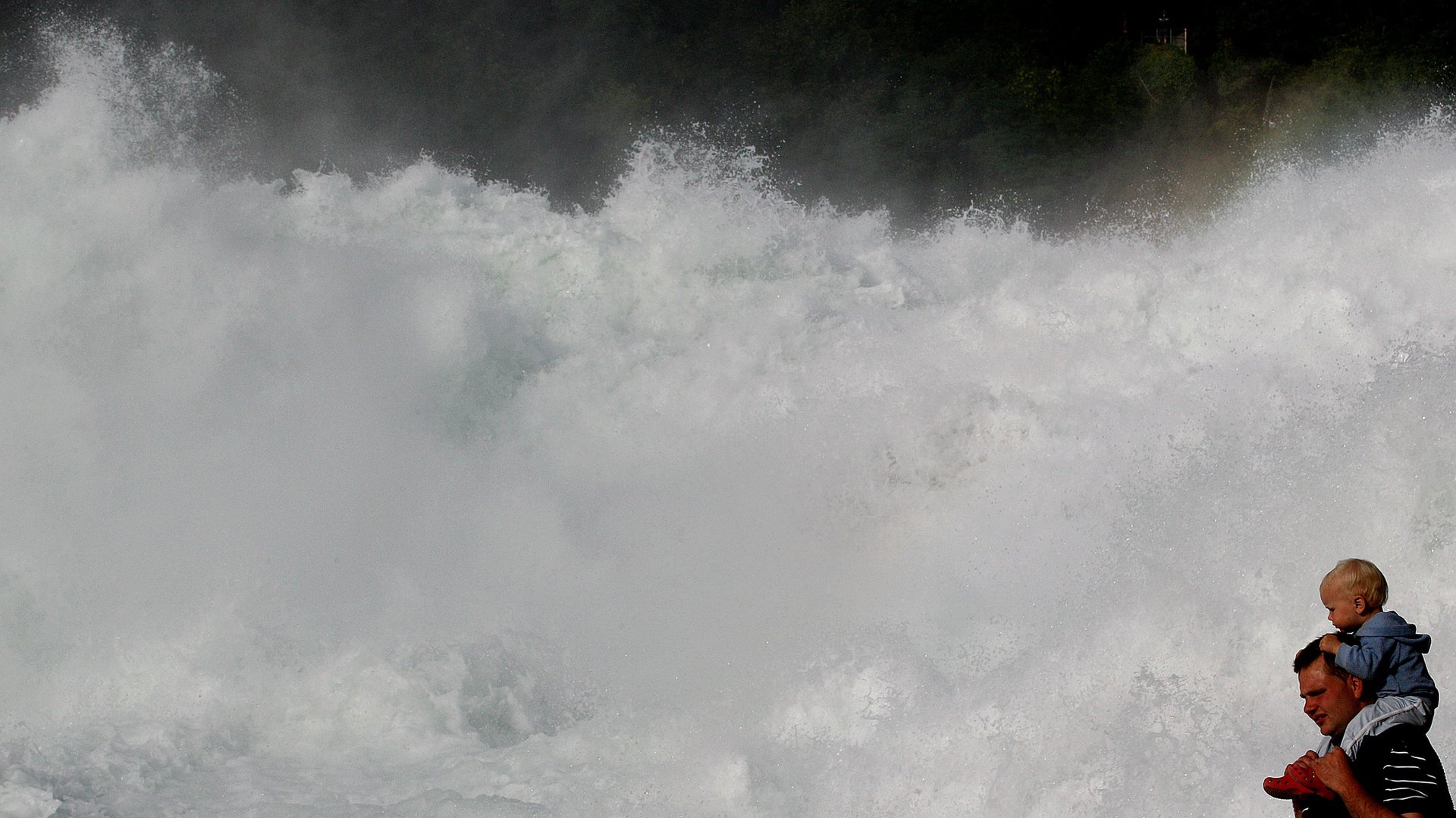It takes 53 gallons of water to produce a single egg
Everything we eat is flooded with “virtual water,” or water used indirectly to produce food from cradle to grave. In fact, 70% of the world’s water consumption feeds the agriculture industry, and demand for fresh water is increasing at a rate of one trillion liters a year. The GRACE Communications Foundation wants people thinking more critically about the water in their food, and has released a report that includes the average global water footprints for some of our most beloved—and resource-hogging—foods.


Everything we eat is flooded with “virtual water,” or water used indirectly to produce food from cradle to grave. In fact, 70% of the world’s water consumption feeds the agriculture industry, and demand for fresh water is increasing at a rate of one trillion liters a year. The GRACE Communications Foundation wants people thinking more critically about the water in their food, and has released a report that includes the average global water footprints for some of our most beloved—and resource-hogging—foods.
1. Slice of pizza = 42 gallons of water
That would be 18 gallons for the flour, 21 gallons for the cheese, and nearly 3 for the sauce. Mozzarella, it turns out, is a real water suck, as is any animal product. Of course, this is the global average, and water use per slice varies from country to country. French pizza has less than half this footprint, the US just about hits the average mark, and Chinese pizza is slightly more waterlogged.
2. A dozen eggs = 636 gallons
That’s right, every single egg requires an average of 53 gallons of water to produce. Chickens require water-intensive grain feed (about two pounds per every pound of chicken protein produced) as well as water for drinking and irrigation.
3. A pound of lettuce = 30 gallons
In general, vegetables take much less water to produce than animal products: That’s why GRACE’s report suggests “Meatless Mondays” as a step to conserve water—you don’t need to go vegan, but every bit helps. Even better news for salad lovers in the US: Lettuce’s footprint is less than half the global average there.
4. A loaf of bread = 288 gallons
Wheat is big. Between 1996 and 2005, global wheat production contributed 15% to the total water footprint of all crops. Make that sandwich open-face.
5. A bar of chocolate = 317 gallons
The report actually calculated the water footprint of a pound of chocolate, but that’s probably more than you eat in a sitting. Or a week, hopefully. But with one pound touting 3,170 gallons of water and a classic Hershey bar weighing 1.55 oz, or about 0.1 lbs, a single candy bar is still pretty wet. Say it ain’t so. You can find more water footprints here, though they’re calculated in litres per kilogram.